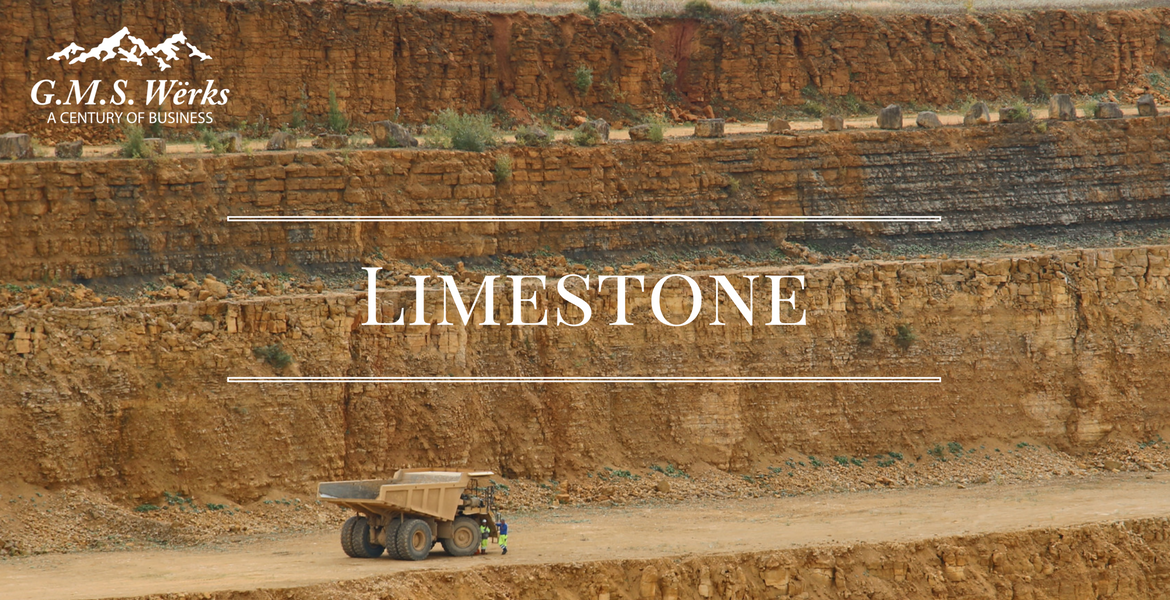Dekton — one of the newest stone trends to hit the market. Although it just recently made its market debut, dekton has quickly grown in popularity among many homeowners, business owners and contractors.
-
4225 Florence Blvd
-
Appointments Recommended
Mon - Fri: 8:00am - 4:00pm
-
Schedule Your Appointment:
(402) 451-3400 - Request Quote













